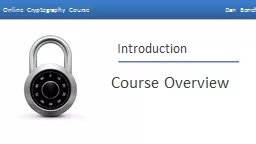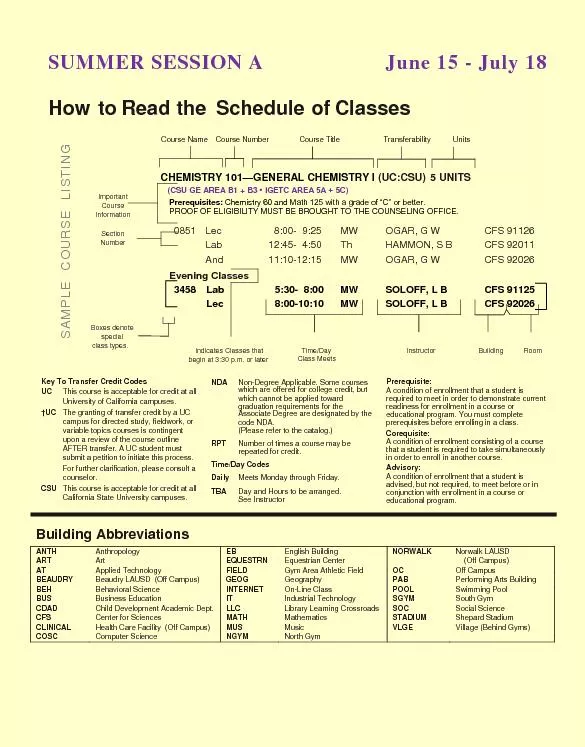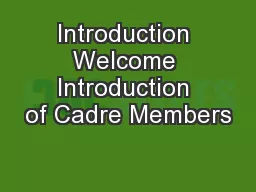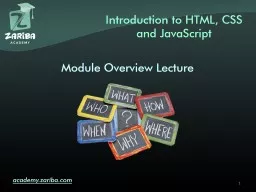PPT-Introduction Course Overview
Author : alexa-scheidler | Published Date : 2018-11-03
Online Cryptography Course Dan Boneh Welcome Course objectives Learn how crypto primitives work Learn how to use them correctly and reason about security My recommendations
Presentation Embed Code
Download Presentation
Download Presentation The PPT/PDF document "Introduction Course Overview" is the property of its rightful owner. Permission is granted to download and print the materials on this website for personal, non-commercial use only, and to display it on your personal computer provided you do not modify the materials and that you retain all copyright notices contained in the materials. By downloading content from our website, you accept the terms of this agreement.
Introduction Course Overview: Transcript
Download Rules Of Document
"Introduction Course Overview"The content belongs to its owner. You may download and print it for personal use, without modification, and keep all copyright notices. By downloading, you agree to these terms.
Related Documents












![[READ]-Fortran Crash Course + Hacking + Android Crash Course + Python Crash Course + XML](https://thumbs.docslides.com/972403/read-fortran-crash-course-hacking-android-crash-course-python-crash-course-xml-crash-course-hacking-xml-python-android-book-2.jpg)

